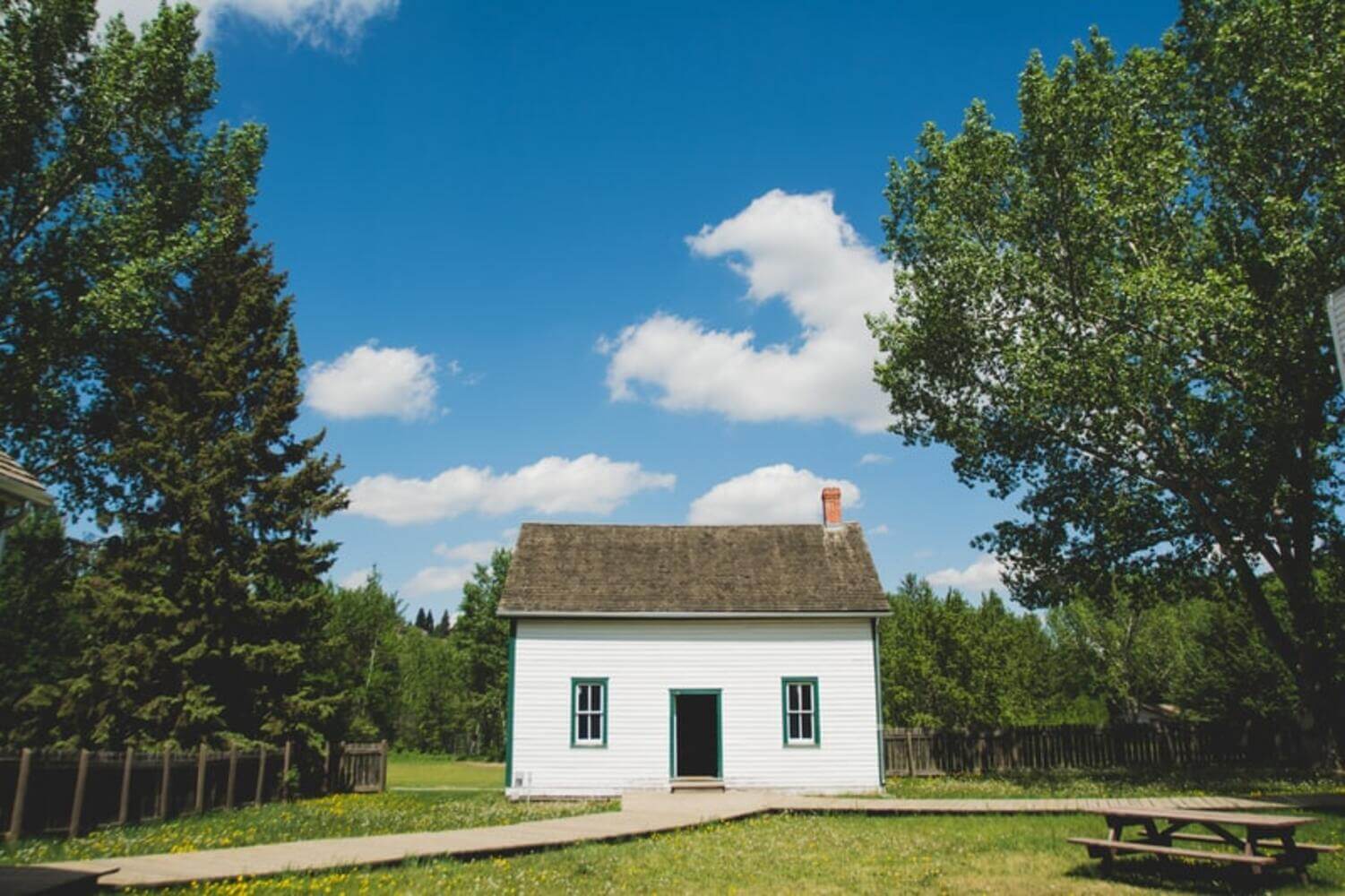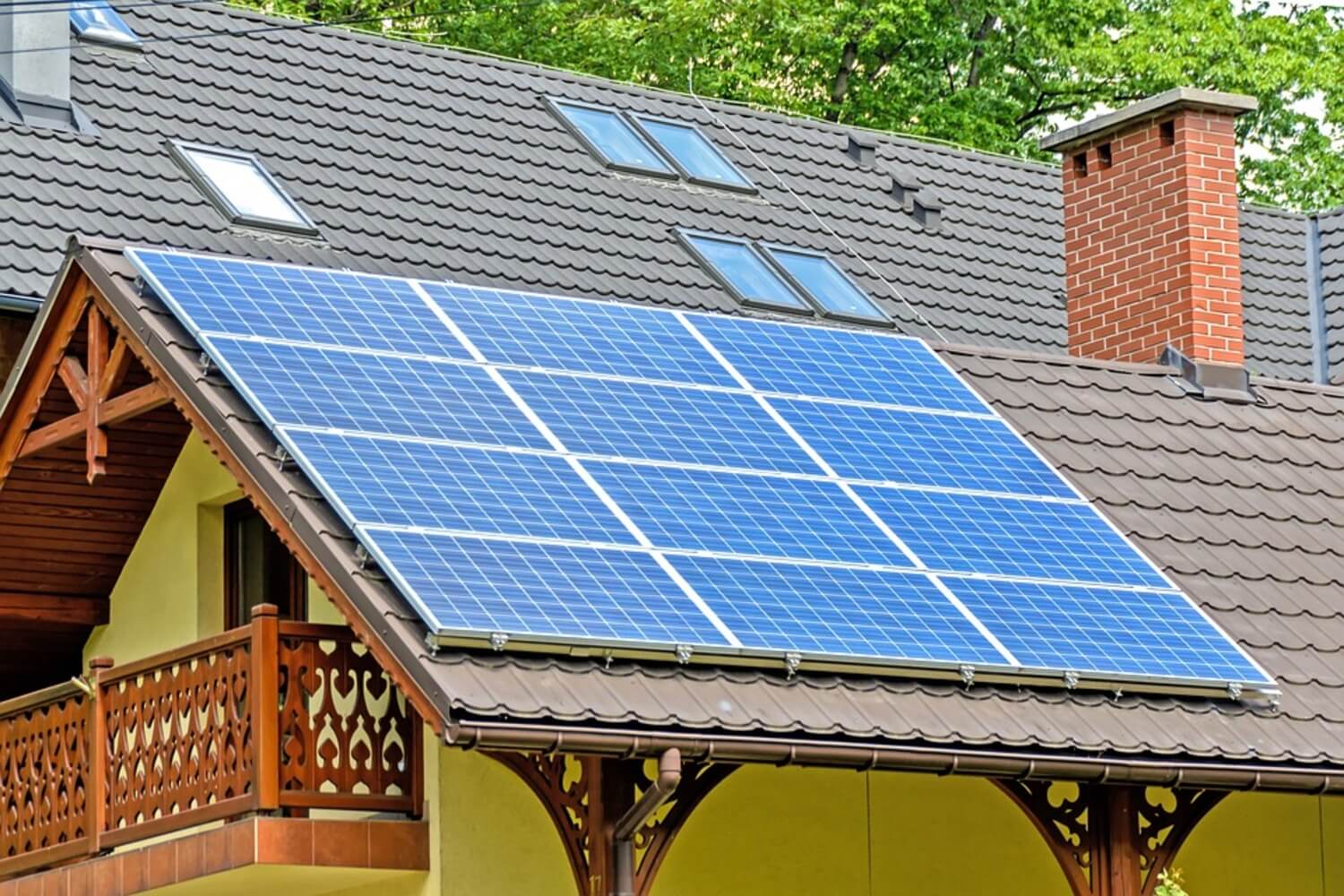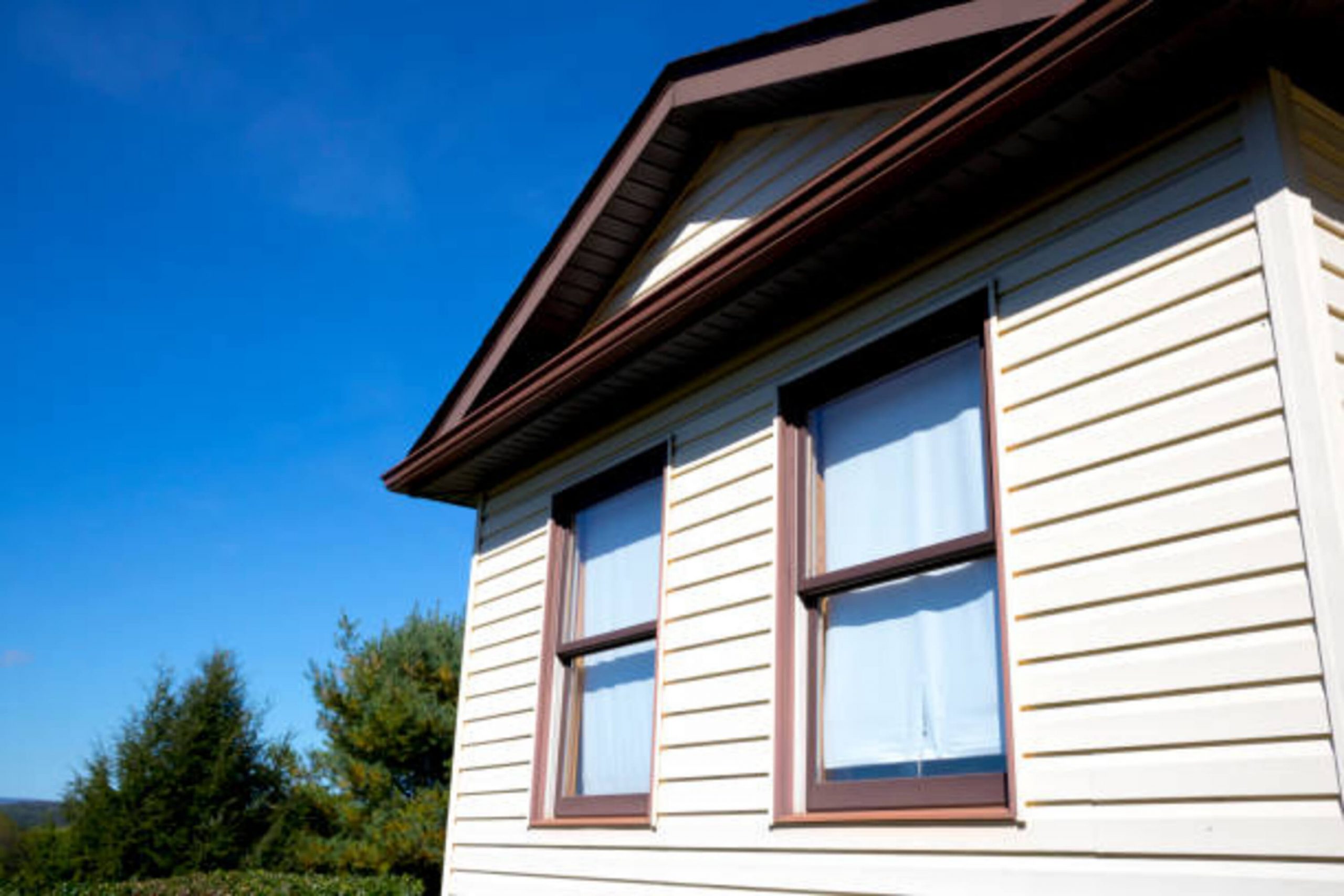Prefab Architect | Custom Modular Home Designs
Connely & Loop specializes in designing custom modular homes.
We also provide design and consultation services for prefabricated houses, cabins, additions, and other residential structures.
Call us today or fill out a contact form!
Talk To Us
Building a home is not something to be taken lightly. It takes careful planning and sound execution that will require considerable amounts of time, money, and effort to pull off. But no need to feel daunted. You got this! With proper guidance and the right information, this process can go smoothly for you. That being […]
Today, more and more people are looking to construct houses that don’t take forever to build. The modular home is the perfect solution! This dwelling type lets you customize every aspect of your new living space. Although the cost of materials, permits, and construction labor might seem expensive at first glance, you only pay for […]
August 9, 2021 aclpppo Home Materials
3 Different Ways to Build Your Own Home
The joy of having your first house built is hard to put into words. Yes, it can be intimidating but remember that you’ve been waiting for this moment for so long. The feeling of walking through the door as a homeowner for the first time is something you’ll never forget. However, you have to undergo […]
Modular homes are an excellent solution for those who want to cut costs but still enjoy all the benefits that come with a regular house. But there’s no such thing as perfect. Even though you’ve managed to save on construction, your home’s siding will still add up to the expenses. No worries, though. Here are five cost-effective siding materials that will give your place a long-lasting impression!
1. Vinyl Siding
Vinyl siding is one of the most affordable options for a modular home. Depending on the cut, it costs around $2000 – $16000 to coat a 2,000 square foot home. It’s also easy to install that you can do it yourself. More importantly, you can count on it to survive long summers, harsh winters, and insect attacks. No more worrying about termites chewing on your siding or it getting damaged by hail!
Besides being inexpensive and durable, vinyl siding doesn’t require much to maintain. Just make sure you wash it off with a water-and-vinegar solution every once in a while. As promising as it sounds, the material also comes with several flaws. First, it depreciates the value of your home. Moisture can also creep between its gaps, making it prone to cracks and fissures. Plus, it is bad for the environment since it releases harmful toxins when burned.
2. Fiber Cement
If vinyl siding doesn’t tickle your fancy, fiber cement is another cheap alternative. While it’s a bit pricier than vinyl, it offers far more superior protection against external elements. Prepare to spend about $4000 – $16000 to warp up a 2,000 sq. ft. house.
Now for the pros. Fiber cement tops vinyl when it comes to aesthetics since it can imitate the color and texture of wood. Being made up of cement and cellulose strands, it’s also a lot eco-friendlier. Thanks to its durability, you won’t have to worry about changing your exterior for decades.
Contrary to vinyl, fiber cement requires care and attention for it to look at its best. Prepare to repaint your home exterior every few years. And just like vinyl, fiber cement is susceptible to moisture. Make sure you hire professional contractors to ensure that there are no gaps during installation.
3. Stucco
A close cousin of fiber cement, stucco siding is just as affordable with solid durability. Its cost ranges from $5 – $10/ sq. ft. so for a 2,000 sq. ft home, expect to spend about $8000 – $15000. Manufactured from Portland cement, limestone, sand, and water, this material is typically applied in two to three coats for optimum exterior quality.
People love stucco for its durability. Even though contractors grant only 15 to 20 years of warranty, some houses have been rocking stucco for almost 50 years! Buildings made from these materials also enjoy good fireproofing and immunity to insects. On top of being weather-resistant, stucco doesn’t make noises when exposed to strong winds.
Unfortunately, it can be susceptible to temperature changes, unlike vinyl and fiber cement. Painting the siding is discouraged as it causes it to absorb moisture faster. Other than paying a decent amount to pro contractors for installation, there are pretty much no other flaws to stucco.
4. Wood Siding
You might be thinking, ‘Oh no! Isn’t wood expensive?’. Well, that’s right. Still, it’s much cheaper than the rest of the materials not mentioned yet. Wood siding is popular for its unmatched aesthetics and natural feel. The price varies greatly depending on the type of wood. Overall, it’ll cost you around $11000 – $24000 for a 2,000 sq. ft. house.
To be fair, wood siding does come with plenty of advantages. For starters, wood is a natural insulator that makes your home energy efficient. It’s eco-friendly and easy to dispose of. In addition, wood is a renewable resource, so you won’t have a problem looking for supplies when you need repairs.
But the material’s biggest downsides also stem from its naturality. Wood-boring insects love the smell and taste of wood. You’ll have to constantly check and maintain it to avoid damage. Plus, you’ll also have to repaint the material every three to seven years to keep it shiny and fresh.
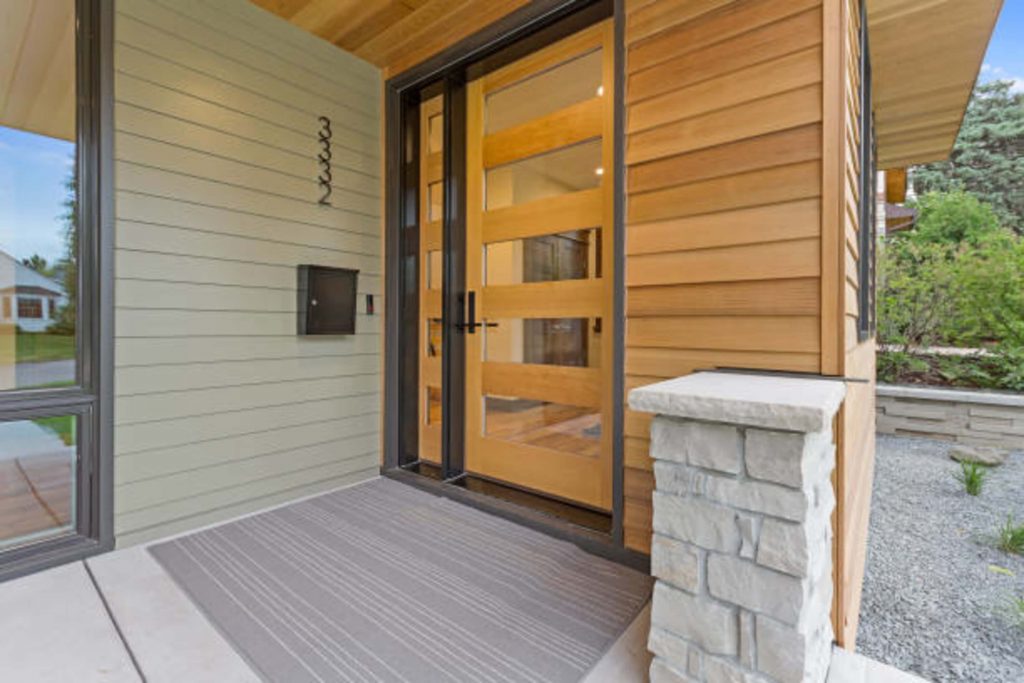
5. Faux Stone
Since natural stone will rip your bank without a doubt, there’s no way to put in on this list. Thankfully, you’ve got a decent alternative: faux stone. Synthetically created from mixing cement, natural aggregates, and iron oxide, this material emulates the looks and quality of natural stone. It’s shocking to think that it almost costs the same as stucco, requiring about $8,800 – $18000 for 2,000 sq. ft.
Faux stone comes in all shapes and sizes. You can accommodate any design you have in mind. It’s great for blocking out the weather, doesn’t rot to moisture, and resists fire. You can trust its durability as it’s been engineered to last for over 50 years!
Although it’s seemingly affordable, the professional fee for having faux stone installed can be a bit expensive. Not only that. It’s not as tough as natural stone, yet it still as firm as fiber cement or stucco. Vibrations can cause it to chip off and crack if not correctly installed. CLAD Siding, a resource for finding licensed siding companies, highly suggests that you entrust the complicated installation of faux stone to professionals.
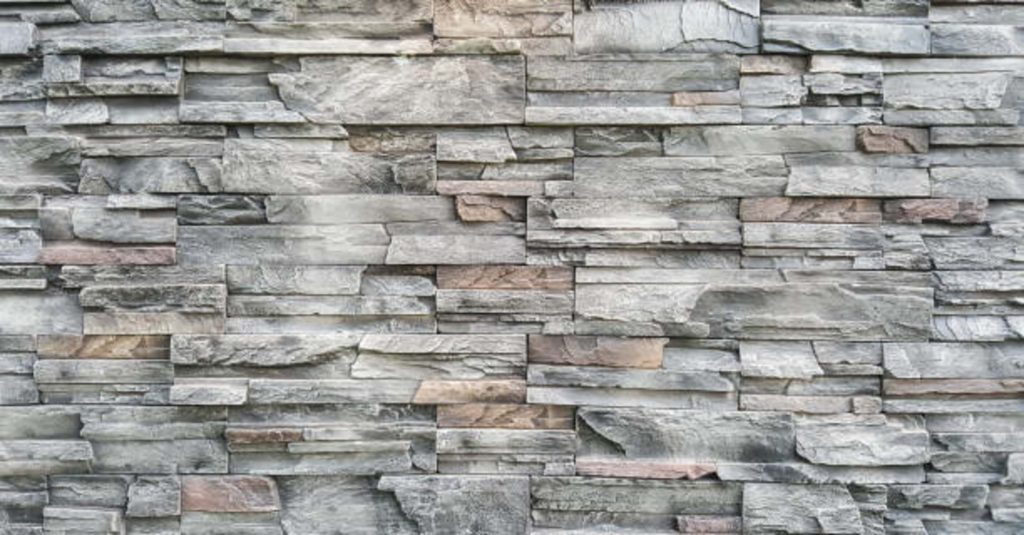
And that’s it for the most affordable siding solutions for a modular home like yours! Remember that no matter what material you choose, everything falls to your siding’s installation quality. That’s why you shouldn’t neglect to do your research on finding the right contractors to handle the job.
Lead. It’s a word that often scares people in the construction business, and for good reason. You might not see it on your building site, but lead is present in many of the materials used to build homes. Paint is one of them. The danger of lead in paint is something that people are increasingly […]

